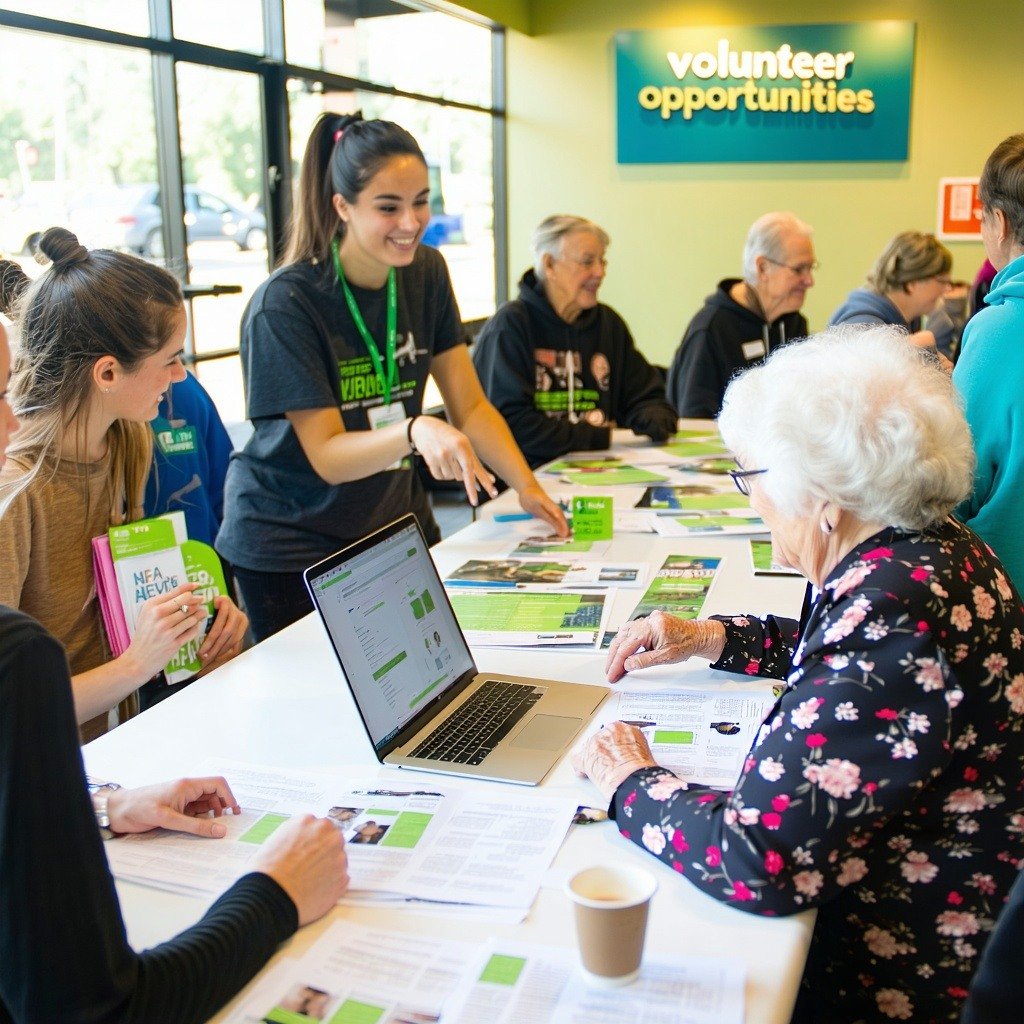Hot Take: Volunteer Burnout Burns Out Volunteer Engagement Professionals
We talk a lot about burnout in the nonprofit sector, and burnout is especially common among volunteer engagement professionals. According to a 2017...
2 min read
 Beth Steinhorn, President, VQ Volunteer Strategies
Jan 24, 2024 9:00:00 AM
Beth Steinhorn, President, VQ Volunteer Strategies
Jan 24, 2024 9:00:00 AM

Recently, I was working with a statewide grassroots organization dedicated to developing leaders and encouraging civic engagement locally. In our discussions, staff were very clear about their desire to develop leadership pathways or engagement ladders for volunteers, and they even talked of stewarding volunteers. While the concepts were not at all new to me, I could not help but reflect on how our volunteer engagement lexicon continues to evolve.
When I first started working with volunteers a few decades ago, people rarely talked of volunteer “cultivation.” Cultivation is a term first borrowed from the fundraising world. Fundraisers had long recognized that successful fundraising is all about relationships. Like the shift from volunteer “management” to volunteer “engagement,” nonprofits began to embrace the relationship-focused approach with volunteers as well, and “cultivation” slowly but steadily has replaced (or become synonymous with) “recruitment.”
The term “stewarding” also traces its origins to fund development. Ten years ago, I began hearing the word applied to volunteers, at first by large, national health organizations. Now, many organizations—including small, grassroots organizations—seek to develop pathways to steward volunteers.
The Association of Donor Relations Professionals describes “stewardship” as activities “that take an externally-oriented view of bringing donors closer to the outcomes they are making possible, thereby demonstrating that the organization is indeed fulfilling its fiduciary responsibility to deploy the funding as the donor intended.” So, what does this mean for volunteer stewardship?
Stewarding volunteers is about bringing volunteers closer to the outcomes they are actively helping to achieve—not through funding, but through their actions as volunteers. If donor stewardship requires organizations to be more transparent about how funds are being used, then volunteer stewardship involves negotiating with volunteers around the outcomes they seek to effect and then being transparent about how their time and talent help to achieve them. Offering flexible and meaningful career paths for volunteers can facilitate volunteers’ ability to increase their impact—while keeping them connected to the mission. For example, upon completing a stint as chair of an event, what options exist for that volunteer to continue to engage with the organization? Following serving as a summer mentor, how can a volunteer who teaches during the year stay connected and even grow despite having less time per week than over the summer months?
Furthermore, do volunteers have a reason to stay engaged over the long term? Do they have opportunities to customize their experience with you?

You can answer these questions in two ways—either by creating predetermined pathways by connecting related or sequential opportunities or customizing the pathway individually for each volunteer.
To develop predetermined pathways from which volunteers can “pick their own adventure,” you can create a menu of diverse volunteer opportunities or a tiered approach, with choices by tiers that represent increased levels of responsibility or leadership. For example, the initial tier may feature event or basic program support; a middle tier may include opportunities to participate in a planning or review team (e.g., a 3-month grant review team) or skills-based program or operational support (e.g., providing pro bono software design at a hackathon); with the top tier including team leadership, longer term pro bono consultations, or mentoring new volunteer or even staff members.
If you choose to customize, the first step is an easy one: have a conversation with volunteers. Get to know their interests and motivations. What additional skills and resources are they interested in sharing? How would they like to grow with the organization? Share the organization’s strategic priorities and ask them how they see themselves being involved and contributing. Together, design an individualized career path to meet both the volunteers’ aspirations and the organization's needs. Doing so can be an indispensable resource in starting any volunteer stewardship effort.
Stewarding volunteers can help your organization develop lifelong volunteers, become the “organization of choice” for these individuals’ volunteer time, or build a cadre of local leaders. Regardless of your goal, doing so will build your capacity to fulfill mission through expanded networks, a larger pool of skills and resources from which to draw, a growing group of supporters and advocates, and dedicated partners in moving the organization forward.
Featured Posts

We talk a lot about burnout in the nonprofit sector, and burnout is especially common among volunteer engagement professionals. According to a 2017...

The many moving parts of nonprofit events—from planning your event agenda and gathering auction items to coordinating with caterers and designing...

In a world where technology is intertwined into almost every aspect of our lives, volunteering is no exception. Technology has drastically changed...